
Swimming in a good pool can be a very relaxing experience. Especially in the cold months, you’ll feel good knowing you have a swimming pool with some warm water right in your backyard for you to jump into. Heating your swimming pool, however, is not a small task. It requires regular upkeep even when you aren’t using it to ensure that optimum pool environment is maintained. Swimming pool heating utilises a lot of energy, and this can drive up your monthly electricity bill and burn a hole in your wallet.
Maintaining swimming pool heating can be a costly task, but it’s necessary if you want to see your pool thrive and be able to enjoy swimming in it. Besides this, there are multiple other benefits that swimming pool heating has on swimmers such as:
- Swimming in warm water can relieve muscles from aches
- It speeds up recovery after an accident or surgery
- Circulation can be improved
- It improves the functioning of the heart and lungs
- It can offer relief from symptoms of arthritis
- Post gym workouts, it can result in reduced lactic acid levels
- It can improve mood and is a good form of entertainment to those benefiting from it
It is for all these reasons that you need to ensure you have a good swimming pool heating system in place that achieves pool heating in an energy-efficient and economical way.
Here are some tips on what you can do to save money on swimming pool heating:
1. Turn the temperature down
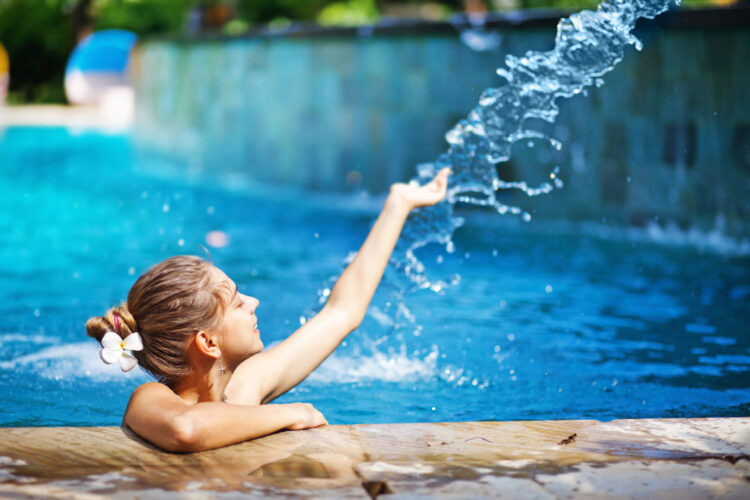
You need your pool to be warm enough so that you can swim comfortably, but that doesn’t mean the temperature in your swimming pool has to be turned up all the time. Adjust the temperature of your pool based on the weather conditions outside. You may need a higher temperature during cooler months but a lower temperature during warmer months. This will make sure that the pool is comfortable enough so that you can swim in it, using up too much energy.
You should also make sure to turn down the temperature when the pool is not in use. If you generally use the pool only over the weekends, there’s no need to keep the temperature up throughout the week. Lowering the temperature through the week and turning it up over the weekend can save you a lot of money on energy bills. Even a one-degree drop in temperature can result in energy savings anywhere between 10% and 30%.
2. Use a variable speed pump
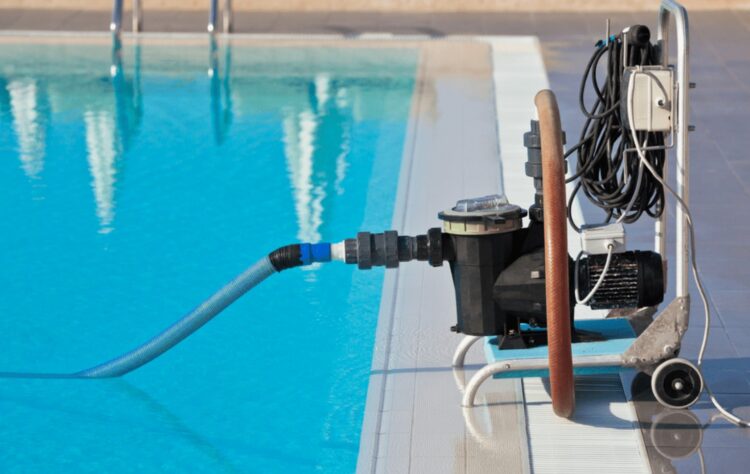
The pool pump in your swimming pool is the biggest consumer of energy, utilising between 3,000 and 5,000 kWh on an annual basis. What you spend upfront on a pool pump is just 20% of the cost you’ll incur on the pump because the remaining 80% goes into energy costs. That’s why it’s important to make a long term commitment wisely by choosing a variable speed pump. Such pumps are custom programmed for your swimming pool’s filtration, cleaning, and sanitation needs, and can save you a massive amount on your energy bills in comparison to conventional fixed speed pumps.
3. Get a swimming pool cover
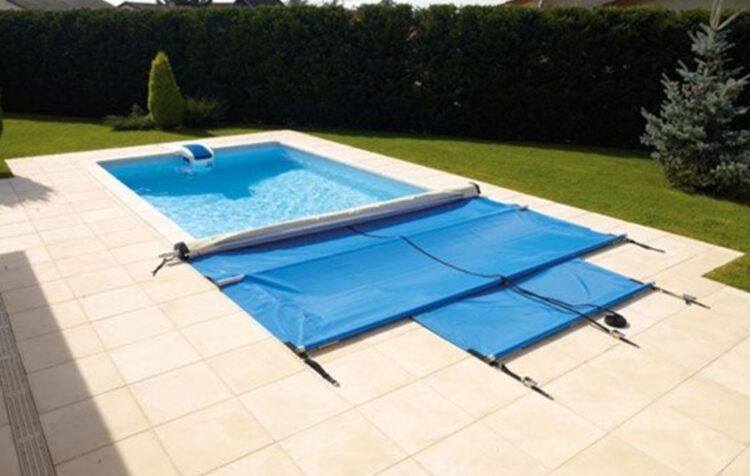
Most of the energy loss that takes place in your pool results from evaporation (up to 70%). Making use of pool covers is an effective solution for this. A pool cover helps to prevent loss of heat through evaporation and can conserve heat, leading to energy savings. Since heat is conserved at the surface, it can help in heating your swimming pool. They can also result in a temperature rise of as much as 4 to 8 degrees for your pool.
Because of this, you won’t need to rely on pool heating systems as much, and this will lower your energy costs in the long run. Regular safety covers, as well as auto covers, can be used for this purpose. Liquid solar pool covers are also an option, but they’re not effective in wind prone regions as the chemicals can be blown away easily, defeating the purpose of pool heating.
4. Rely on solar power
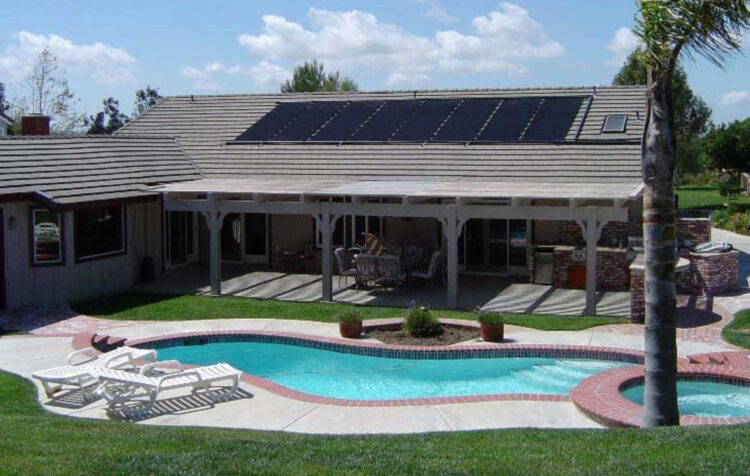
Makin use of solar heat panels or a solar heater is a great way to utilise solar energy to heat your swimming pool in an energy-efficient and cost-effective manner. Water is circulated by a pool pump through the heated panels that are on the roof. The water is warmed using solar energy and returned to the pool until the required temperature is achieved.
This is especially effective in warmer climates where solar energy can be used to generate four times the heat energy that can be generated using heat or a gas pump. Solar heating systems need to be positioned strategically and must be of a size large enough to get the maximum benefit from exposure to the sun. This reliance on natural sunlight to heat your pool will help you make significant reductions on your energy bill.
If you want to learn more about solar panels for your swimming pool, visit literoflightusa.org.
5. Lower wind exposure
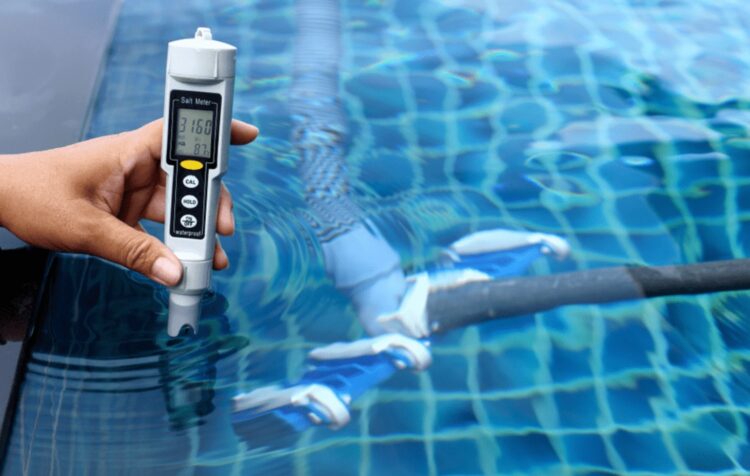
Lowering wind exposure is crucial if you want to maintain the temperature of your pool. Heat loss from wind can be reduced by constructing pool fencing made using wire mesh or sleek glass material. You could also erect some thick hedges around your swimming pool, and these can grow on their own once planted. The downside of this, though, is that you’ll need to clear a lot more leaves when it’s autumn. Fencing around your pool will also give you more privacy.
6. Reduce the use of the heater
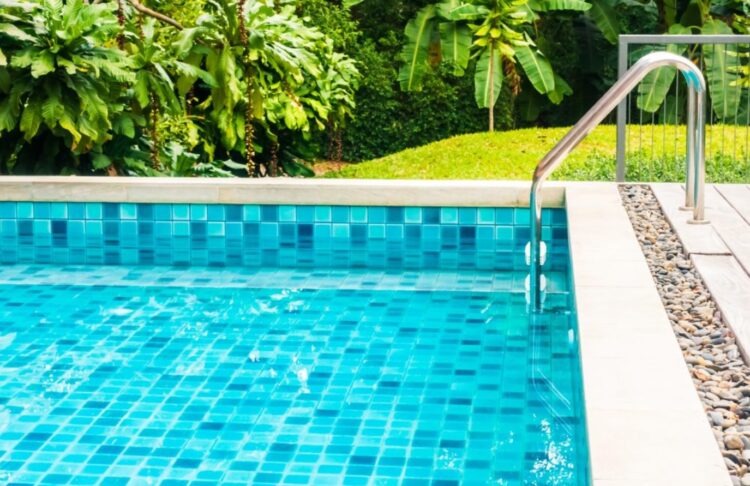
A strategic reduction in the use of your swimming pool heater will make sure you save money on your energy bills while also keeping the water of the pool fresh and refreshing for you whenever you decide to go for a swim in it.
7. Utilise LED lighting
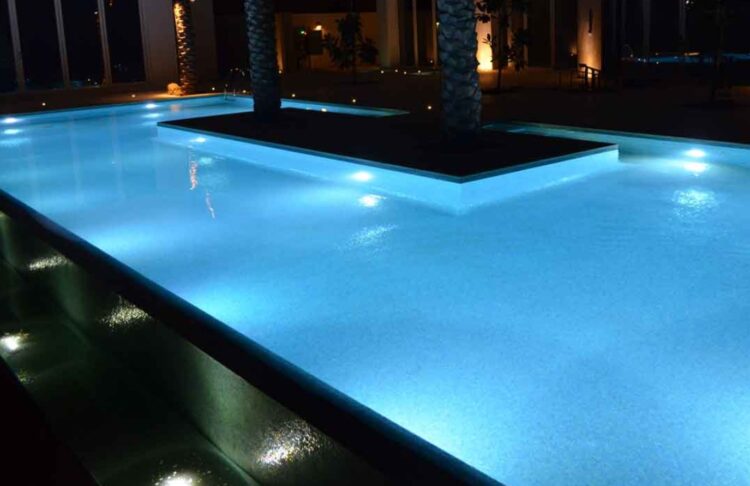
The lights you use in your pool don’t just illuminate your pool. They also contribute to your pool’s warmth and have a significant impact on your energy bills every month. Switching to LED lights instead of regular lights will last you for a long time into the future and help you cut costs on your energy bills.
8. Clean your pool cover
It’s great that you’ve got a swimming pool cover to keep your pool temperature in check, but that’s not enough. Ensure it’s kept clean if you want it to do a good job of heating your pool. Removal of dirt and debris from your swimming pool cover will prevent damage and deterioration, helping to extend the lifespan of the cover and making it effective for much longer.
9. Consistently maintain and replace heaters whenever needed
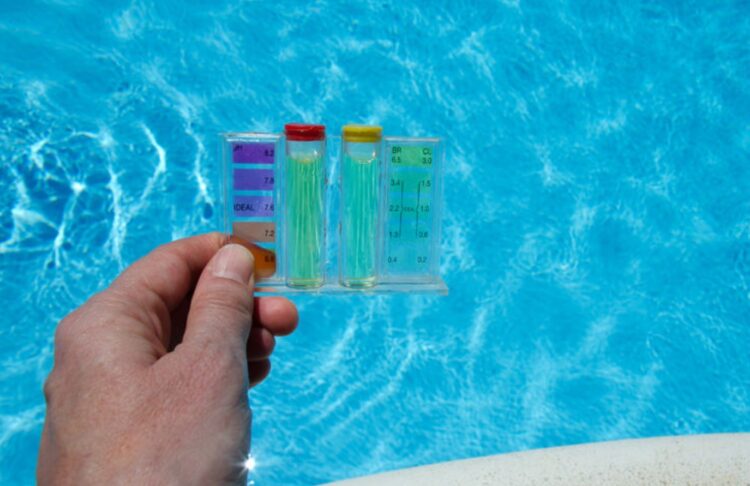
A swimming pool requires constant checks and maintenance to function efficiently and checking the condition of the pool heater is also an important aspect of this maintenance check. Routinely assessing the condition of your pool heater and ensuring that there are no problems resulting from damage or debris will keep it in good condition. A heater that is in good condition will function effectively and result in cost savings in the long run. Generally, a good heater will last you for five years, but after that, replacing it will be necessary.
With these tips, you can enjoy swimming in a warm pool no matter what the weather outside is without stressing out about running up a large energy bill. If you need help deciding, contact experienced companies such as thefibreglasspoolcompany.com.au.











